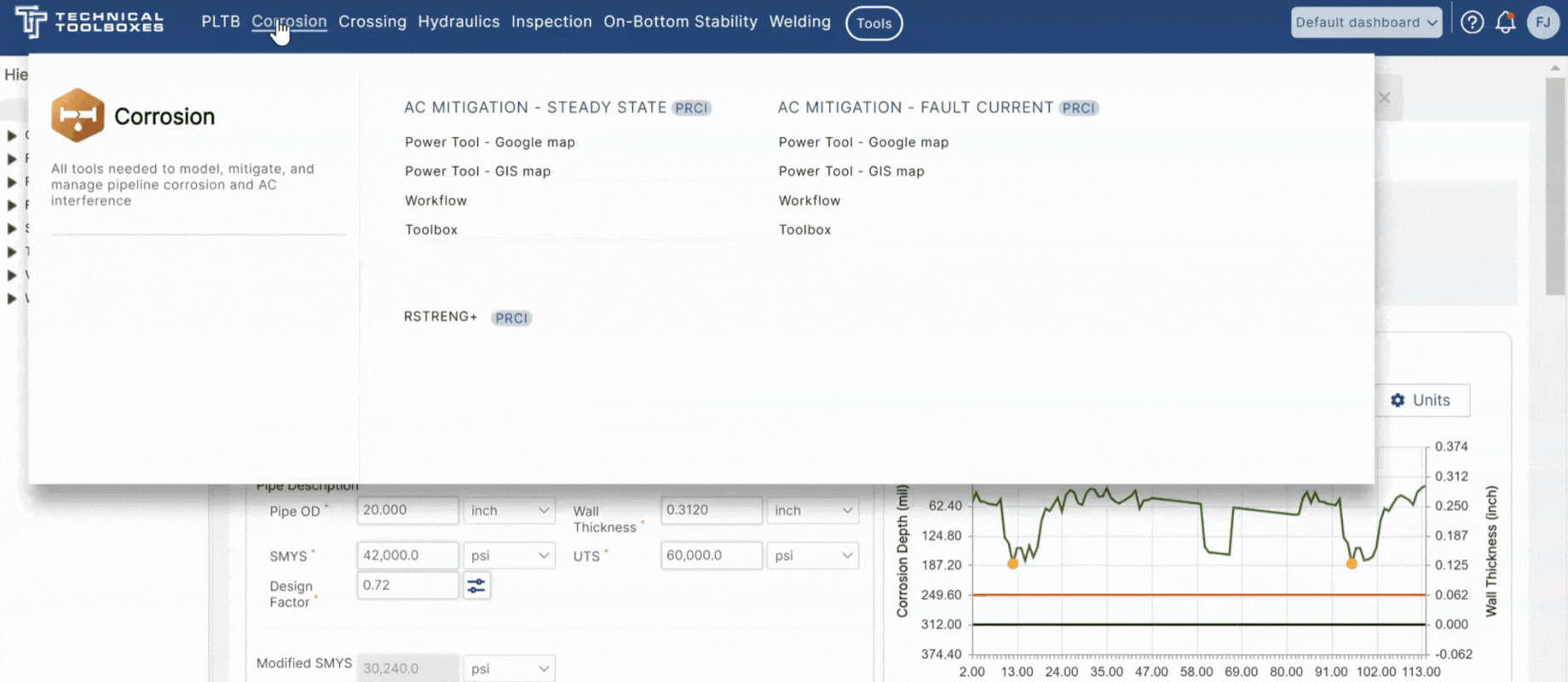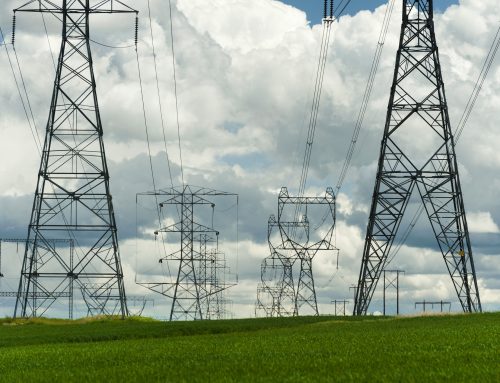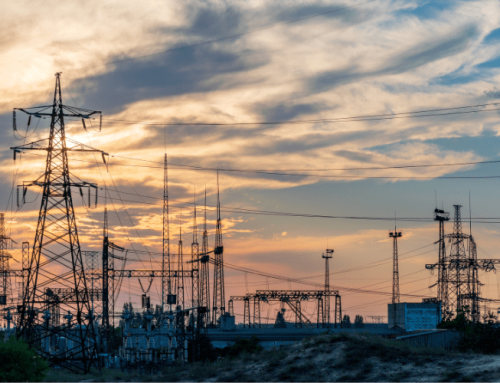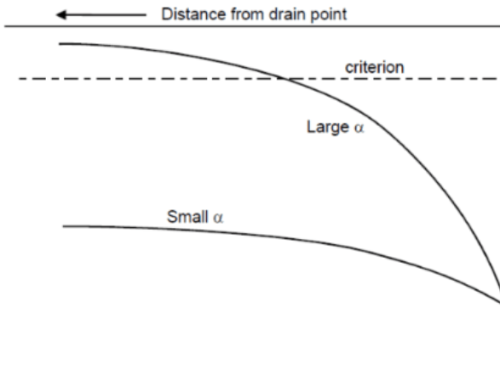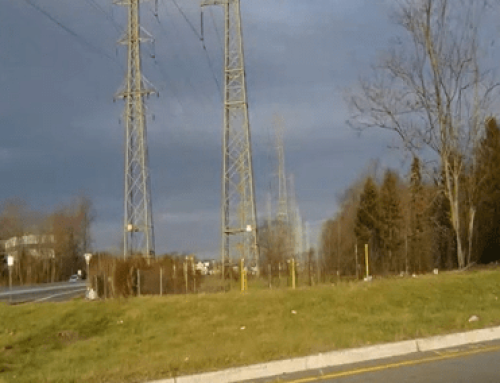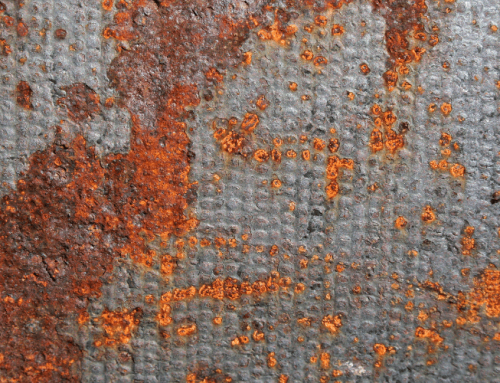AC power line to pipeline coupling mechanisms
By David Willoughby
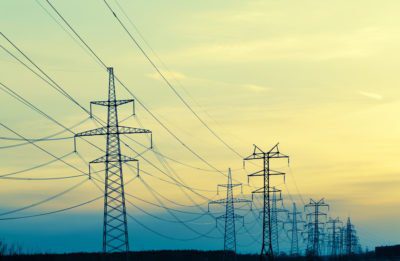
Overhead powerlines can transfer electrical energy to a pipeline by electrostatic, conductive and electromagnetic coupling. In this article, we will discuss each coupling mechanism.
Electrostatic Interference
Electrostatic interference occurs when aboveground pipelines are near overhead powerlines. Aboveground pipelines experience electrostatic interference when placed on supports that are insulated from the ground.
- The electric field associated with the powerlines causes current to follow continuously between the pipeline and earth.
- Pipelines pick up voltage relative to the soil. These volts are proportional to the powerline voltage.
- After laying the pipeline in the trench, electrostatic induced voltages essentially disappear.
- Any type of ground connection between the pipeline and earth is usually sufficient to completely mitigate electrostatic induced voltages.
- Powerline voltage, not powerline current, determines the magnitude of electrostatically induced pipeline voltages.
While electrostatic coupling usually will not provide enough current to cause an electrical safety hazard, it can cause nuisance voltages that cause a sensation like a shock from static electricity. This may result in a secondary safety hazard if it causes a worker to overreact to the shock.
-
- Rule of Thumb:
- Ground welded pipe lengths near powerlines when the powerline voltage exceeds 115 kV, and the length of the welded section exceeds a few hundred feet.
- Rule of Thumb:
Conductive Coupling
In contrast to inductive and capacitive coupling, conductive coupling is the transfer of electrical energy through physical contact via a conductive medium. Conductive coupling may occur through the wire, resistor, common terminal, or metallic bonding. Conductive interference occurs on buried pipelines when lightning strikes a transmission structure, or during a phase-ground fault. When this occurs, a large voltage cone develops around the tower grounding system. Pipelines located within this area are subject to conductive interference through coating defects.
Anyone touching the pipeline outside the voltage cone could receive a shock from the potential difference between the pipeline and the surrounding soil. The level of fault current transferred to the pipeline depends on the relative impedances of all parallel paths, the distance between the faulted structure and pipeline, the available fault current, the impedance of the faulted structure to earth, and the impedance of the pipeline to earth.
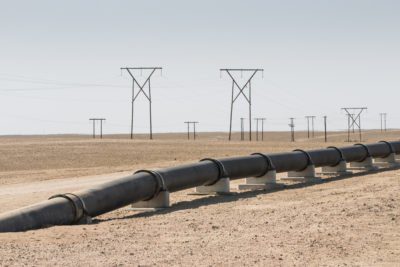
Electromagnetic Interference
Electromagnetic interference is the dominant interference mechanism under normal powerline conditions. Induced potentials on unmitigated pipelines can reach hundreds of volts at powerline transposition locations or at locations where the pipeline and power line veer away from one another or cross each other.
Electromagnetic induced volts on a pipeline result in pipe to ground voltages where the current discharges from the pipe to the earth. Induced AC voltages can cause pipeline integrity problems as well as Pipeline Crossing safety issues for operating personnel and the public. Voltage levels induced on the pipeline are a function of electric current carried in the powerlines, powerline configuration, and spacing, pipeline characteristics such as diameter, wall thickness, and coating resistance, and the ROW geometry.
Electromagnetic coupling to the pipeline is a result of the currents carried by the overhead conductors both during the steady state and fault condition of the electrical circuit. These currents generate a longitudinal electric field (LEF) whose direction is parallel to the current carrying conductors. The voltages induced on the pipeline are directly proportional to the strength of the LEF. The electromagnetic field and the LEF vary inversely with distance from the HVPL. The separation between the phase conductors has a significant impact on the LEF. The LEF increases with increasing conductor separation. A pipeline will see only a portion of the magnetic fields in each of the phase conductors in inverse proportion to the separation between the conductors. If the pipeline lies parallel to the conductors, full coupling occurs. For perpendicular crossings of the powerline, the coupling effect is reduced to zero.
Conclusion
For more information regarding this blog topic, please join us on any of our training: Training Schedule
Or contact the author, David Willoughby at [email protected]


